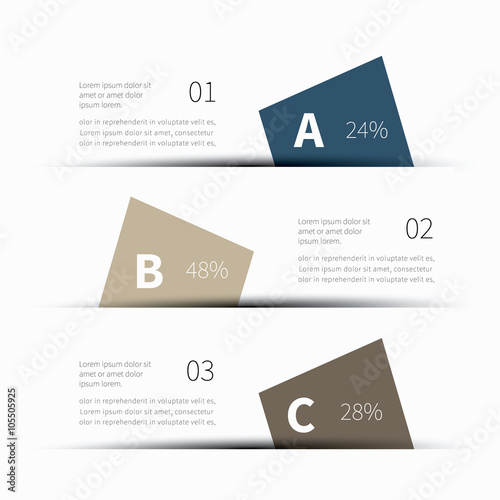Just How To Budget For Your Flooring Job: A Practical Overview
Just How To Budget For Your Flooring Job: A Practical Overview
Blog Article
Article Written By-Mcgowan Terkildsen
When you're preparing a flooring task, budgeting isn't almost selecting a number; it has to do with understanding what you truly need and the expenses included. You'll want to assess your specific demands, research numerous products, and expect unexpected expenditures. Think about exactly how elements like room function and installment approaches can influence your spending plan. But before you jump in, there are some essential details you could forget that can substantially influence your overall costs. Allow's discover exactly how to navigate these intricacies and guarantee your task remains on track.
Assessing Your Flooring Demands
Before diving into your flooring job, it's essential to analyze your floor covering requires. Beginning by considering the particular areas where you intend to mount new flooring. Consider the function of each area. For example, kitchens and bathrooms require waterproof materials, while living areas could take advantage of comfort and appearances.
Next off, review the existing conditions of your floors. Exist any type of architectural concerns, such as uneven surfaces or moisture problems? Addressing these worries at an early stage can conserve you time and money down the line.
Also, take note of the measurements of each room to identify just how much flooring you'll require.
Don't neglect to consider your way of life. If you have pets or young children, longevity may be your top concern, while a more formal room may ask for a luxurious finish. Additionally, think of your style choices. Do you like a traditional look, or are you attracted to modern-day styles?
Last but not least, be reasonable concerning just how much upkeep you agree to dedicate to. Some materials need even more upkeep than others. By understanding your requirements plainly, you'll be much better furnished to make enlightened choices as you move forward with your floor covering project.
Estimating Prices and Materials
Estimating expenses and products is a crucial action in your flooring task that can dramatically affect your general budget plan. Begin by determining your space properly to establish just how much flooring you'll need. For most materials, you'll locate pricing by square foot, so gather quotes from different distributors to get a practical number.
Next off, think about the type of floor covering you want. Choices like hardwood, laminate, floor tile, or rug all included various rate factors. more information for every and consider any type of added materials like underlayment, adhesive, or shift strips.
Don't neglect to include devices if you're preparing a DIY installation, as renting out or buying devices can contribute to your expenditures.
Labor costs are an additional important factor to consider. If you're working with professionals, obtain price quotes from several contractors to ensure you're obtaining a fair cost. Be clear regarding the scope of job to prevent unforeseen charges later.
Last but not least, it's important to allot a small percentage of your budget for any unforeseen prices connected to products. By thoroughly estimating your prices and materials in advance, you'll set on your own up for a smoother and extra convenient floor covering task.
Preparation for Hidden Expenditures
Many homeowners overlook the concealed costs that can arise during a flooring project, which can result in spending plan overruns. To avoid this, you need to prepare for possible added prices.
Initially, consider the problem of your existing subfloor. If it's damaged or unequal, you'll likely need repairs or progressing, which can include substantially to your total expenditure.
Next, think of elimination and disposal charges for your old flooring. Lots of contractors charge extra for this solution, so element that into your budget.
Furthermore, do not forget the costs of underlayment, which may not be included in the preliminary quote yet are necessary for an effective installment.
You need to also get ready for unforeseen complications, such as plumbing or electrical work if your floor covering project includes moving fixtures. It's smart to reserve a minimum of 10-15% of your overall budget for these unexpected expenses.
Last but not least, keep in mind that licenses might be needed for certain setups. Constantly inspect local policies to avoid penalties or hold-ups.
Conclusion
Finally, budgeting for your floor covering job is essential for a successful end result. By evaluating your needs, estimating costs, and planning for hidden costs, you'll avoid shocks and remain on track. Bear in mind to reserve a part of your budget for unforeseen prices and maintain a thorough breakdown of your expenditures. With cautious planning and consideration, you'll create a lovely room that meets your requirements without breaking the bank. Happy flooring!
